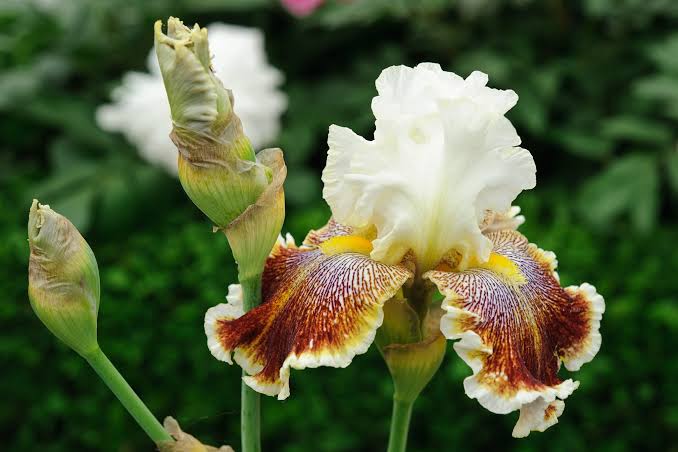If you want a garden full of elegance, color, and timeless charm, irises are the flowers to grow. Known for their striking petals and wide variety of colors, irises are hardy, low-maintenance, and perfect for adding instant beauty to any landscape. The secret to success lies in knowing how to plant iris bulbs like never before—with the right techniques, you’ll enjoy spectacular blooms year after year.Why Plant Irises?Show-Stopping Blooms: From deep purples to sunny yellows, irises bring drama to the garden.Low Maintenance: Once established, they need little care.Versatility: Grow well in garden beds, borders, or even pots.Perennial Beauty: They return every spring, rewarding you with lasting color.Best Time to Plant Iris BulbsThe ideal time to plant irises depends on your region:US & Canada: Late summer to early fall (August–October).UK: July to September, giving roots time to establish before winter.Step-by-Step: How to Plant Iris Bulbs Like Never Before1. Choose the Right SpotIrises thrive in full sun (at least 6–8 hours daily). Pick a well-drained area to prevent root rot.2. Prepare the SoilLoosen soil 10–12 inches deep.Mix in compost or organic matter for nutrients.Avoid heavy clay unless amended with sand for drainage.3. Planting the Bulbs (Rhizomes)Dig shallow holes about 4 inches deep.Place the iris rhizome (the bulb-like structure) horizontally with roots down.Cover lightly with soil—leave the top of the rhizome slightly exposed.Space bulbs 12–18 inches apart for airflow.4. WateringWater thoroughly after planting, then keep soil slightly moist until growth begins. Avoid overwatering.5. MulchingAdd a thin mulch layer to retain moisture and suppress weeds, but don’t bury the rhizomes too deeply.Practical Tips for Stunning BloomsDivide Every 3–4 Years: Prevent overcrowding and promote better flowering.Fertilize in Early Spring: Use a low-nitrogen fertilizer for healthy blooms.Deadhead After Flowering: Cut back spent flowers to redirect energy to the roots.Winter Care: In colder climates, add a protective mulch layer, then remove it in spring.Common Mistakes to AvoidPlanting too deep (rhizomes rot if buried).Overwatering (irises prefer slightly dry conditions).Crowding plants (leads to poor air circulation and disease).Companion Plants for IrisesPair irises with plants that enhance their beauty and thrive in similar conditions:Daylilies 🌼Peonies 🌸Lavender 🌿Salvia 💜These combinations create layered, colorful borders.ConclusionLearning how to plant iris bulbs like never before means paying attention to sunlight, soil, and proper planting depth. With just a little care, irises will reward you with vibrant, breathtaking flowers that return year after year. Whether you’re designing a cottage garden in the UK, brightening a backyard in Canada, or adding elegance to your American landscape, irises are a timeless choice.So grab your gardening gloves, some rhizomes, and get ready to enjoy the magic of irises in your own yard! 🌸✨

